
First thing this morning, the ground floor of Goldsmiths library reopened, on schedule, after a major refurbishment.
It had been closed throughout June and July, giving us time to take on board and implement feedback from our students and staff and create a new flexible, welcoming learning environment that supports the ways different people learn specifically for social and group study.
As with any university, Goldsmiths Library is the heart of the campus. It’s open around the clock, only closing at Christmas and New Year. It’s a go to place where staff and students can access services and resources.
It was important to us that provision of these was not interrupted, so we relocated the main entrance to the side of the building for the duration of the works. This gave us the fantastic opportunity to co-deliver services alongside our IT colleagues building on the brilliant relationship we already have from working together at weekends – Thank you IT colleagues for being amazing!
So what does our refurbished ground floor look like? We’ve gone for muted colours, plants and wood so the space feels calm and natural. Now when people arrive, they enter through new proximity reader access gates. Comfortable sofa areas have been created, where people can hold relaxed conversation and enjoy coffee breaks. There are window seats to take in the views of New Cross, which are already proving popular. And, if people prefer, they can use one of our new booth spaces with screens that provide discreet places to work together on presentations and essays.
All the feedback we’ve had from students and staff so far has been really positive about how the space looks and feels, which we’re thrilled about. But, as important as it is to create an attractive, welcoming environment, libraries have to work to support study. Alongside spaces for individual working they need to provide spaces that encourage creativity, collaboration and social learning.
The ground floor of Goldsmiths Library now has a proper events space. This will be used to increase the visibility of and access to our special collections and archives.
It will give academic staff and Post Graduate Researchers the opportunity to publicly share their work and build on the success of the popular Research Cafes. Here, students will have the opportunity for learning outside their courses and departments will be able to collaborate with the Library on events, such as International Games week. If you have ideas do get in touch with your Subject Librarian.
Flexibility and creativity are a key element of the new ground floor. We’re going to have a fantastic interactive installation that will encourage playfulness and give library users a way to engage with the space and reflect on their emotional wellbeing.
Our new maker space provides 24/7 access to a variety of equipment encouraging creativity. We currently have a sewing machine, binding machine and lots of paper based craft equipment and we’ll be developing the space with library users as we go. It’s a work in progress but more details are available https://libguides.gold.ac.uk/makerspace
On the rest of the ground floor group study tables allow different sized groups to work together. Visitors can configure spaces to meet their own learning needs using the new flexible furniture and ceiling power units. We’ll be trying out different learning and teaching activities and we hope you will find new ways to work in groups too.
We are all delighted and excited by the Library’s new ground floor and are looking forward to seeing what you, our students and colleagues, make of it.
That work has completed on time is a tremendous relief and a great achievement. Thank you to our colleagues in Goldsmiths Estates and Facilities, IT services and to everyone who supported making this happen. We really appreciate the effort everyone went to, and I am sure students and staff will too now they are using the spaces.
Library staff carry out a variety of activities throughout the year to look at how the spaces are actually used by people and we collaborated with the Anthropology Department to observe student activity and use of the library spaces in 2017. Surveys, reports, complaints and compliments all fed into the project and our Subject Team works closely with departments on aligning library resources with the needs of the departments and their students.
Receiving and acting on user feedback has been crucial to this project. The next time you visit the Library, let us know what you think of its new entrance hall and the improved facilities we’ve provided throughout the ground floor social study area. Email us at n.mclaren@gold.ac.uk or c.gent@gold.ac.uk




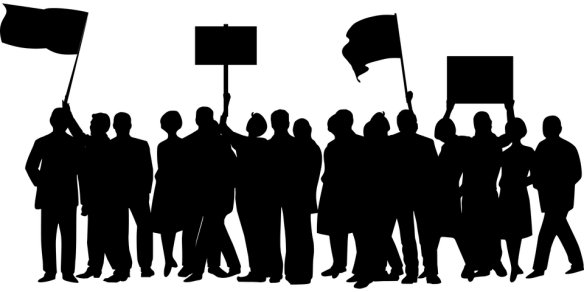
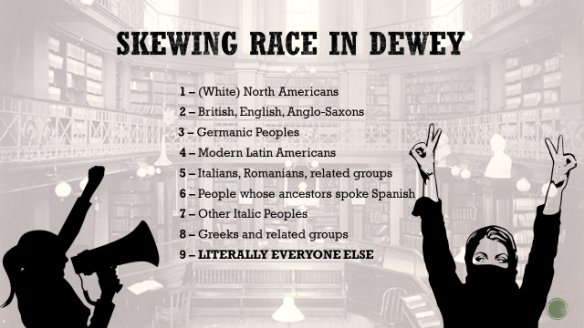
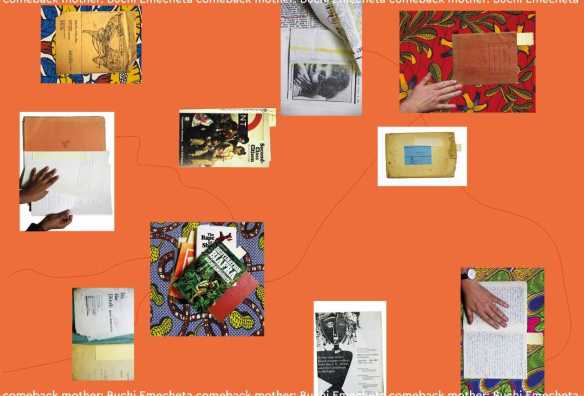
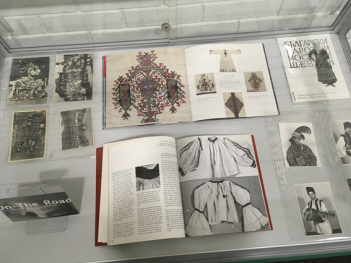 at the placement. Firstly, I had to do a bit of research on the Balkans. If I did not know anything about the Balkans, how was I supposed to find sources for the exhibition? Once that was all sorted out, I looked through the special collections and library catalogues to find sources. In order to keep track of the sources I found, I made a table. These tasks marked my first day working on the exhibition. The next day was a lot more varied. I was moving around, which was a nice change from having my fingers glued to the keyboard. I had to physically collect the sources; most of which were luckily in Special collections. The exception were 2 vinyls from the vinyl collection in the library. I spent about an hour trying to find the vinyl collection, only to find one was not available. I actually checked their availability on the catalogue before I went, just in case anyone was wondering. This part was right up my street: I had to analyse the sources to see if they were suitable. I kept most of the sources, apart from a few books and letters. The letters were very difficult to decipher — rich coming from me with my handwriting. When I eventually did decipher them, I found them to be irrelevant. Was it a waste of time deciphering them in the first place? Maybe, but if the source turned out to be detrimental to the exhibition, I would have slated myself for being so lazy.
at the placement. Firstly, I had to do a bit of research on the Balkans. If I did not know anything about the Balkans, how was I supposed to find sources for the exhibition? Once that was all sorted out, I looked through the special collections and library catalogues to find sources. In order to keep track of the sources I found, I made a table. These tasks marked my first day working on the exhibition. The next day was a lot more varied. I was moving around, which was a nice change from having my fingers glued to the keyboard. I had to physically collect the sources; most of which were luckily in Special collections. The exception were 2 vinyls from the vinyl collection in the library. I spent about an hour trying to find the vinyl collection, only to find one was not available. I actually checked their availability on the catalogue before I went, just in case anyone was wondering. This part was right up my street: I had to analyse the sources to see if they were suitable. I kept most of the sources, apart from a few books and letters. The letters were very difficult to decipher — rich coming from me with my handwriting. When I eventually did decipher them, I found them to be irrelevant. Was it a waste of time deciphering them in the first place? Maybe, but if the source turned out to be detrimental to the exhibition, I would have slated myself for being so lazy.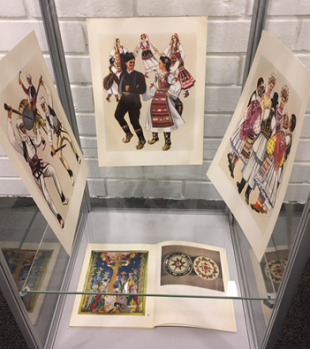 Setting up the exhibition was the highlight of my day. It was a lot harder than I first anticipated. Getting the books to stay on the pages I wanted them to required a lot of DIY on my behalf. I eventually figured out the solution: making a stand out of foam blocks, binding together the blocks and book and then taping them together. I was pretty impressed with my efforts. They were not on the same level as many other exhibitions I have been to, but ju st being able to help with an exhibition was so enjoyable. I tried my best to present the items in an organised and creative way. The images of Balkans dancers were my favourite source. The women resembled dolls and I could hear the instruments, probably because I listened to Balkans music the day before. The other sources used were books on Balkans textiles, a CD and the vinyls mentioned earlier.
Setting up the exhibition was the highlight of my day. It was a lot harder than I first anticipated. Getting the books to stay on the pages I wanted them to required a lot of DIY on my behalf. I eventually figured out the solution: making a stand out of foam blocks, binding together the blocks and book and then taping them together. I was pretty impressed with my efforts. They were not on the same level as many other exhibitions I have been to, but ju st being able to help with an exhibition was so enjoyable. I tried my best to present the items in an organised and creative way. The images of Balkans dancers were my favourite source. The women resembled dolls and I could hear the instruments, probably because I listened to Balkans music the day before. The other sources used were books on Balkans textiles, a CD and the vinyls mentioned earlier.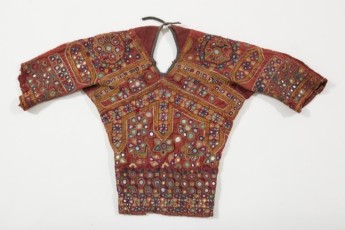 guides and clothing filled the archives. I was blown away by the phenomenal attention to detail that went into the clothing available. The stitching was great, and the prints were stunning. I am particularly in love with embroidered garments, and there were so many. There was one outfit; it looked almost tribal in design. It was beautiful. The embroidery was so elaborate. I wonder if anyone else wanted to wear the outfit — I certainly did. The price of similar clothing in shops can have a maximum price range of well into the thousands. Why should self-expression come with such a high cost? It is because the 21st century likes to associate itself with being very fashion forward.
guides and clothing filled the archives. I was blown away by the phenomenal attention to detail that went into the clothing available. The stitching was great, and the prints were stunning. I am particularly in love with embroidered garments, and there were so many. There was one outfit; it looked almost tribal in design. It was beautiful. The embroidery was so elaborate. I wonder if anyone else wanted to wear the outfit — I certainly did. The price of similar clothing in shops can have a maximum price range of well into the thousands. Why should self-expression come with such a high cost? It is because the 21st century likes to associate itself with being very fashion forward.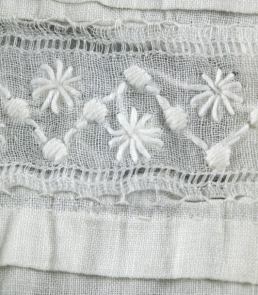 A lot of the prints in the collection are making a resurgence into fashion today. Some never even left — plaid and lace for example. Elegance is the word I would use to link together all of the old fabrics. Would I use that word today? Maybe not as much. I commend people who take risks, but some risks are just too much. I am a firm advocate of body confidence, but what is up with those see-through jeans? You might as well wear only your underwear, especially since they are not cheap. If your see-through jeans are your favourite clothing item, then good on you. Each to their own.
A lot of the prints in the collection are making a resurgence into fashion today. Some never even left — plaid and lace for example. Elegance is the word I would use to link together all of the old fabrics. Would I use that word today? Maybe not as much. I commend people who take risks, but some risks are just too much. I am a firm advocate of body confidence, but what is up with those see-through jeans? You might as well wear only your underwear, especially since they are not cheap. If your see-through jeans are your favourite clothing item, then good on you. Each to their own.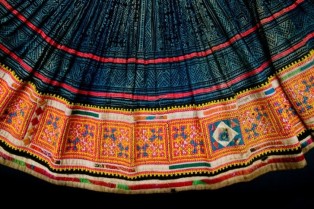 women in England, predominantly in the 19th century. They all dressed in similar coloured and styled clothes: suede skirt suits with crisp white shirts. There was no real sense of individuality — more a sense of professionalism. That is the biggest change from the 19th century to now. Clothes are more powerful as instruments of our identity. They reflect what we stand for. I wish there was a compromise between the two generations: individuality, decent prices and informed fashion choices.
women in England, predominantly in the 19th century. They all dressed in similar coloured and styled clothes: suede skirt suits with crisp white shirts. There was no real sense of individuality — more a sense of professionalism. That is the biggest change from the 19th century to now. Clothes are more powerful as instruments of our identity. They reflect what we stand for. I wish there was a compromise between the two generations: individuality, decent prices and informed fashion choices.

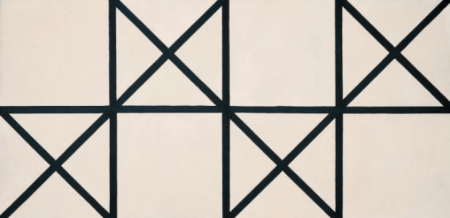 ically pleasing. However, on a serious note, could they not have found anything better to display on their website? I could have drawn his piece, and that says a lot. I am sure a backlash of angry fans of Hill are waiting to attack me, but that is my view. For me, realism is my favourite style. I like when you can identify what is happening in an image fairly quickly. The fact that subjects of realism were predominantly from the lower and working classes appeals to me even more. When I look at realist art, I am truly dumbfounded by how incredible the artist is. I can compare the image to its counterpart in real life to see how life-like the image is.
ically pleasing. However, on a serious note, could they not have found anything better to display on their website? I could have drawn his piece, and that says a lot. I am sure a backlash of angry fans of Hill are waiting to attack me, but that is my view. For me, realism is my favourite style. I like when you can identify what is happening in an image fairly quickly. The fact that subjects of realism were predominantly from the lower and working classes appeals to me even more. When I look at realist art, I am truly dumbfounded by how incredible the artist is. I can compare the image to its counterpart in real life to see how life-like the image is. 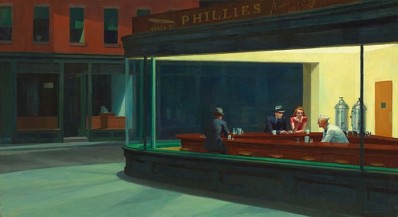 Edward Hopper’s “Nighthawks”, on the right, is one of the most iconic realist paintings. Looking at it, I feel like I am standing on the street looking into the bar. I can imagine the smell of gin lingering in the air. It is a scene that we would often encounter on a regular basis in reality. The painting is pretty simplistic, but makes viewers think. Why is one man sitting alone? Who are the couple? Are they even in a bar? We may never know the answers to these questions. However, that is art. It can excite and baffle you at the same time.
Edward Hopper’s “Nighthawks”, on the right, is one of the most iconic realist paintings. Looking at it, I feel like I am standing on the street looking into the bar. I can imagine the smell of gin lingering in the air. It is a scene that we would often encounter on a regular basis in reality. The painting is pretty simplistic, but makes viewers think. Why is one man sitting alone? Who are the couple? Are they even in a bar? We may never know the answers to these questions. However, that is art. It can excite and baffle you at the same time.